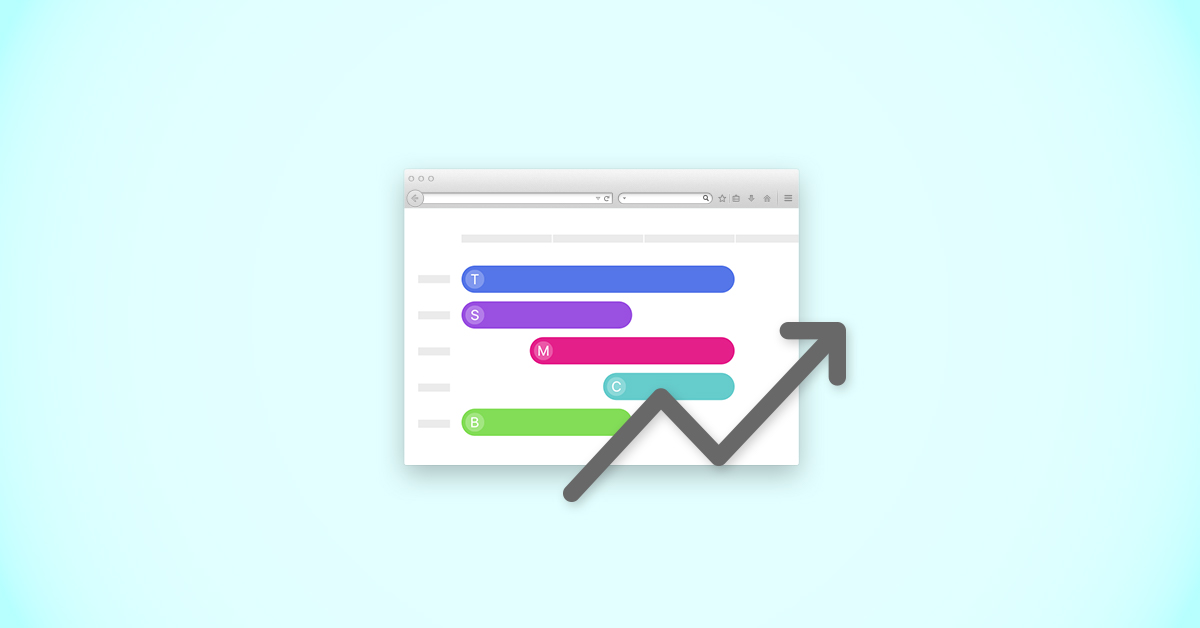
Getting your staff ready for the holidays is essential to your restaurant’s success. After all, they’re the ones interacting with your guests, suggesting dishes and acting as ambassadors for your restaurant.
But all wait staff aren’t equal. Some are amazing upsellers, others are great at flipping tables quickly, while others need more coaching.
Your best-case scenario is that your top-performing wait staff are working on the restaurant’s busiest days, during your most profitable hours. Why? Because they’re personable, efficient, and great at selling menu items.
Performance-based employee scheduling assures that your rockstar employees are working when it matters most. To get started, you need to evaluate staff performance, then analyze restaurant sales by hour of the day.
Evaluate staff performance
One of the first things you should look at when analyzing your wait staff’s performance is the average check size of the tables they’re serving. With that information, you can pinpoint who is the best at suggestive selling techniques. These are your star performers; the ones who bring in the most revenue for your restaurant.
Note: take into consideration the time of day the server was working. Ideally, you should segment employees by which service they worked (breakfast, lunch, or dinner) and only compare the average check size of employees that worked in that same service.
Next, you should look at your wait staffs’ table turnover rate. This lets you see how many different customers occupied a table over the course of a service. You want to see how many tables your server is flipping because the more customers they’re serving, the more profits you’re making.
Once you’ve pulled both the average check size and table turnover rate of your wait staff, it’s time to cross-reference that data.
| Best case scenario | Worst case scenario |
|
|
|
|
Ultimately, this exercise helps you pinpoint the servers that offer the most efficient service and generate the most revenue for the restaurant, and which aren’t. Analyzing this information ahead of the holidays enables you to schedule your highest performers during peak business hours, and proactively train underachieving staff before the holiday rush hits. Your goal is to schedule your highest performers when it matters most.
Which brings us to the next step, analyzing your sales by the hour of the day to pinpoint exactly when you should schedule your rockstar employees.
Analyze sales by the hour of the day
The idea here is to pinpoint the days and times where your restaurant is making the most sales. Those are the times that you want your best staff working since you know they drive results. You can download easy-to-understand sales reports directly from your POS that will clearly show you this information, without the hassle of manually calculating anything.
Schedule for success
Now that you’ve identified your top-performing staff and peak business hours, you’re ready to build your schedule. Plan for your best wait staff to work during the busiest hours as often as possible. As for your weaker staff, take the opportunity to sit down with them and discuss the areas where they can improve.
For instance, if you notice that one of your employees needs help with upselling, flipping or setting tables consider having them shadow an employee who excels at those tasks. Some people are visual learners—giving them the opportunity to observe how your best employees work can go a long way.
Who you schedule, and when you schedule them, plays a big role in your restaurant’s profitability, so make sure that you use your employee and sales data to your advantage. The right technology makes this information easy to access, interpret, and use in your decision-making process.

News you care about. Tips you can use.
Everything your business needs to grow, delivered straight to your inbox.





